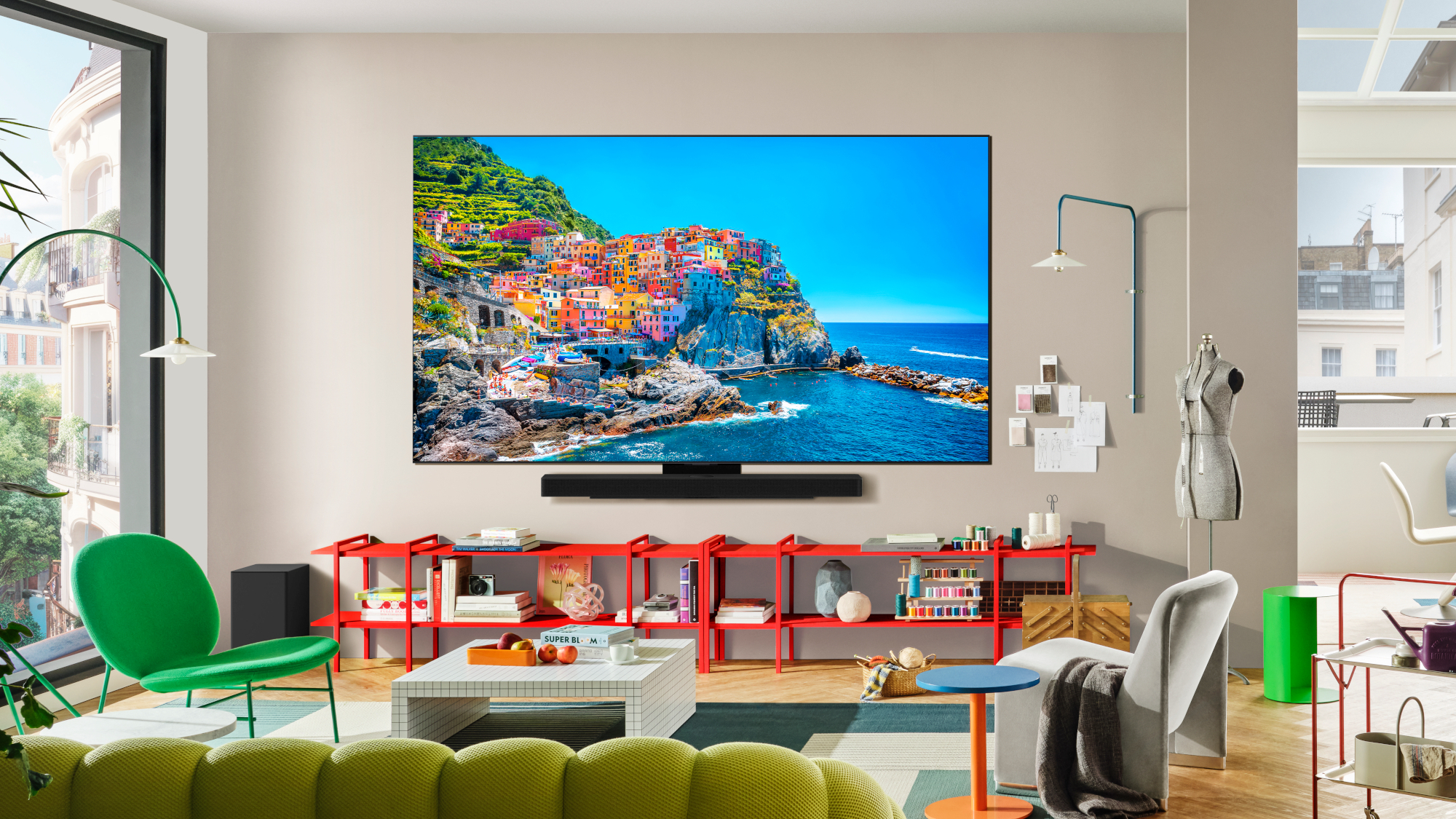Tom's Guide Verdict
The GoPro Hero is a full-featured action camera with above-average performance, an easy-to-use mobile app and image stabilization.
Pros
- +
Max resolution of 1440p/60 fps
- +
2-inch Gorilla Glass LCD touch screen
- +
Electronic image stabilization up to 1440p/30 fps
- +
USB Type C for charging and file transfer
- +
Good wind-noise reduction
Cons
- -
Functional yet uninspiring design
- -
No 720p resolution
- -
No slow motion
- -
No HDR photo
Why you can trust Tom's Guide
The $199 GoPro Hero comes from a strong lineage, bringing good audio and video performance, an easy-to-use touch-screen interface, remote control via a mobile app, and image stabilization to an affordably priced action camera. For those not interested in 4K resolution or super-high frame rates, the GoPro Hero may be the go-to action camera in this price range, but it faces steep competition from the Yi Lite, which costs $100 less. Still, there's enough to recommend this camera that it made it to our list of best action cameras.
Design
Leading action-camera manufacturer GoPro has long set the bar for action-camera design and functionality. The $199 GoPro Hero is the company's budget alternative to the top-of-the-line GoPro Hero6 Black ($399) and last year's Hero5 Black ($299).
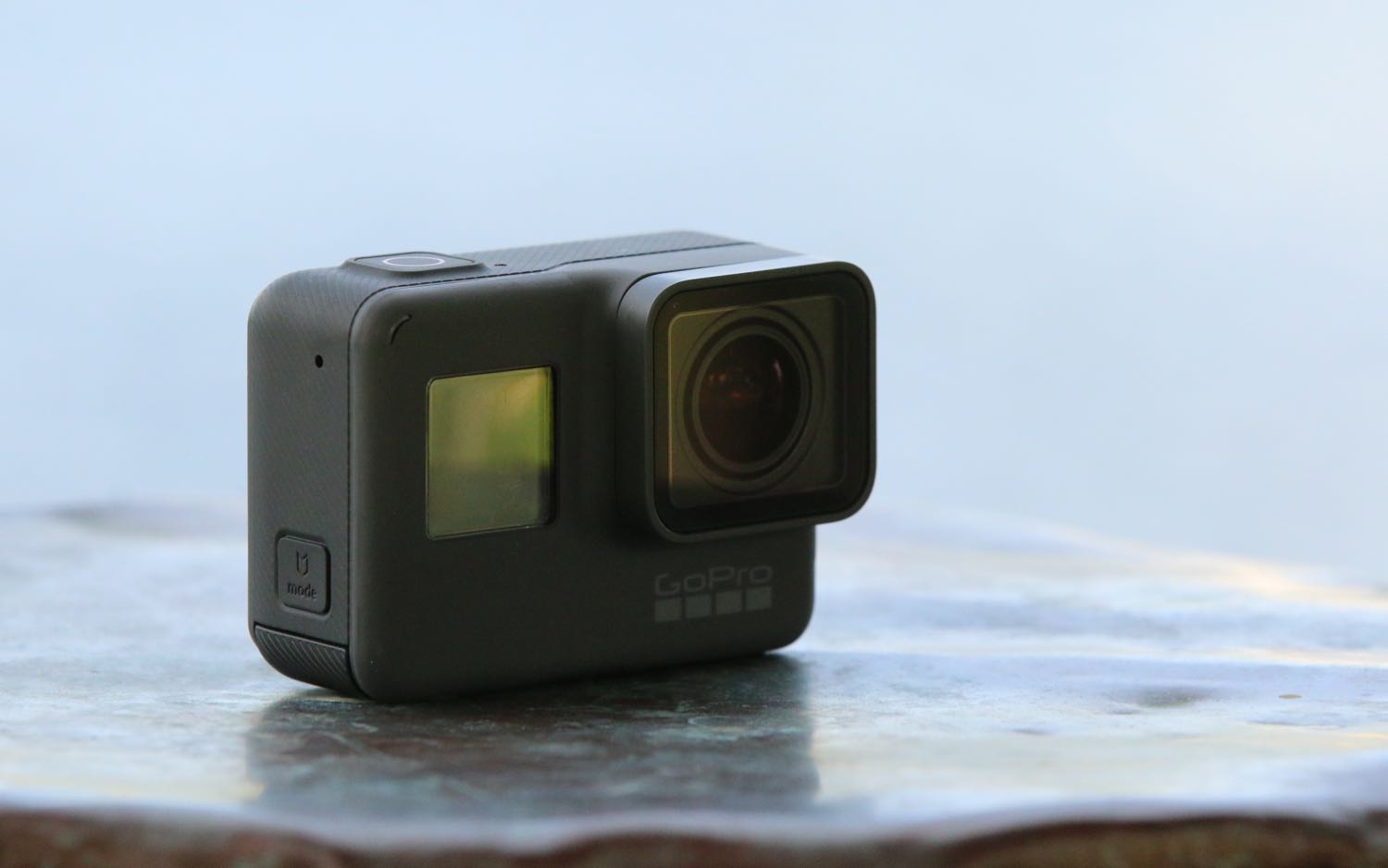
Just by looking at the Hero versus any of these other higher-end models, one would be hard-pressed to tell the difference between them. The Hero maintains the same physical design: a matte gray exterior, a power/mode button on the right side, and a button on the top to take pictures and start recording.
A small, square display on the front highlights the mode, recording time, how much recording time is left on the card and the battery charge, while a small, almost imperceptible LED in the top-left corner turns red to indicate the camera is either recording or charging.
MORE: Which GoPro Is Right For You?
On the rear is a two-inch touch screen with menu items and information that run along the top and bottom edges. A wheel-like interface allows users to easily change these settings.
Compared with the carbon-fiber front of the Yi 4K+ action camera, the design of the GoPro Hero looks a little "blah." However, its native waterproof capability certainly makes up for that.
And finally, the bottom contains a door with both the battery and the microSD card, while the left side has another door that contains both a USB Type-C and mini HDMI port. For the camera to be waterproof, all the doors need to be securely closed. However, if you're recording over longer periods of time or taking time-lapse photos, you can remove the side door, allowing the camera to be plugged in through its USB Type-C plug while it is recording. It's a handy feature, for sure.
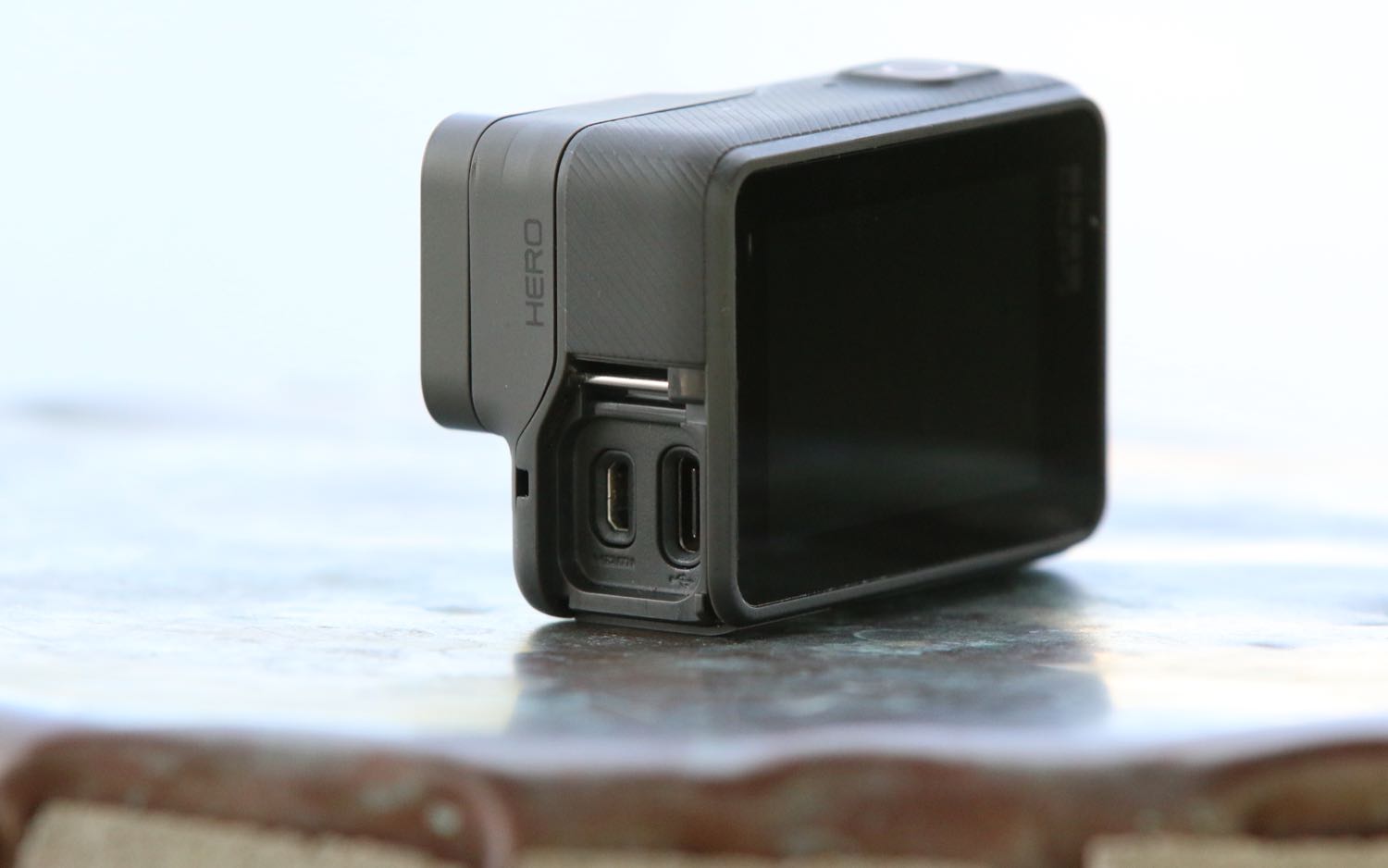
Compared with the carbon-fiber front of the Yi 4K+, the design of the GoPro Hero looks a little "blah," but its native waterproof capability (up to 33 feet) certainly makes up for that.
MORE: Best Action Cameras
The GoPro Hero comes with a few accessories, including the most important one: a frame-like housing that allows the camera to be mounted to any number of GoPro and third-party accessories. Unlike the Yi 4K+ and the Yi Lite, however, the GoPro does not have a built-in tripod mount — a slight disappointment.
Ease of Use
Even if you haven't used a GoPro since the company's shift to touch-screen-based models, you should feel right at home, as the interface is quite intuitive.
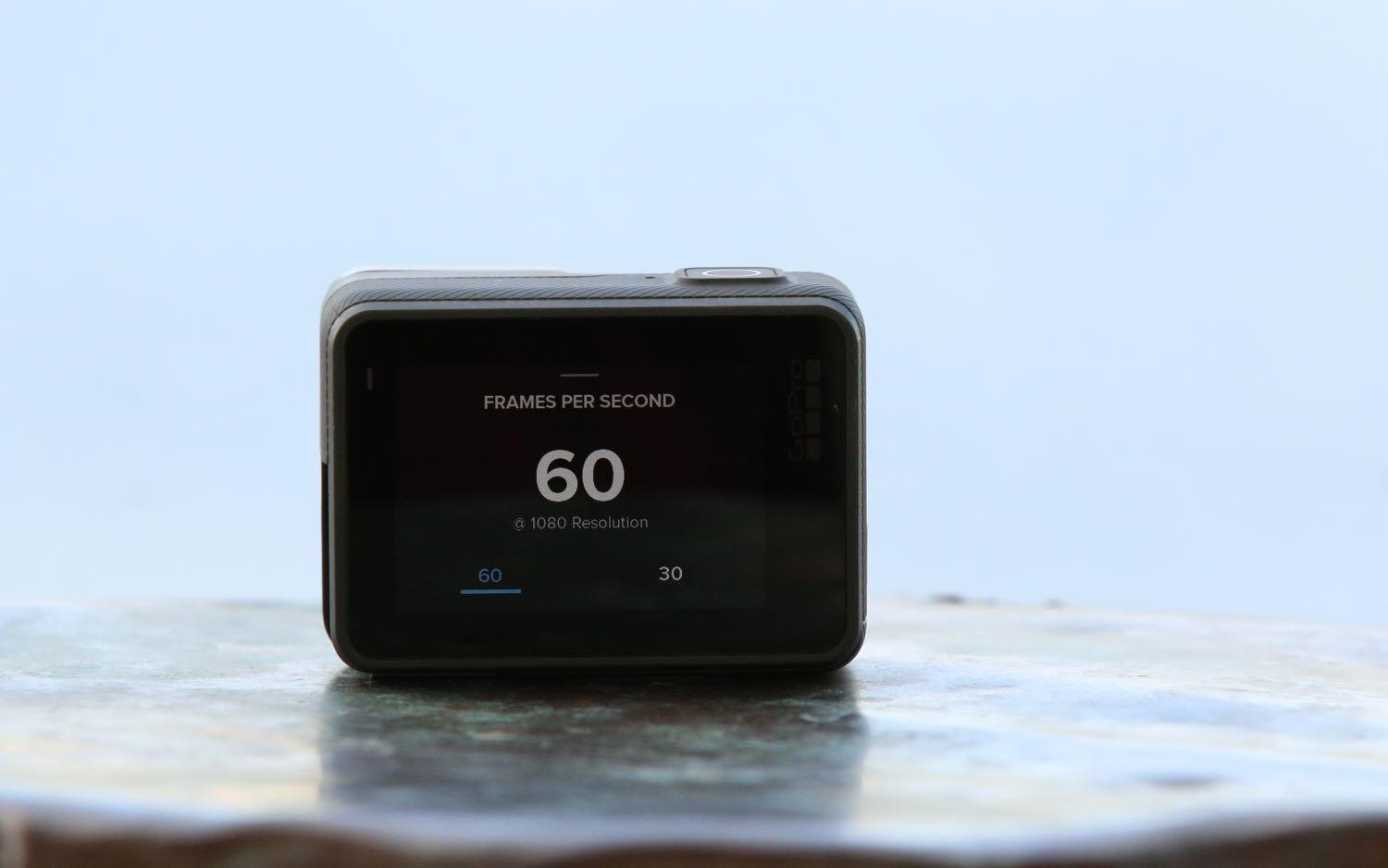
Switching modes can be done either by using the mode button on the right side or simply touching the icon in the bottom-right corner. Once it's in a specific mode, all of the appropriate settings are displayed on-screen. Touching any of those icons allowed me to easily change the resolution, frame rate, field of view (FOV), burst rate or any of the other settings.
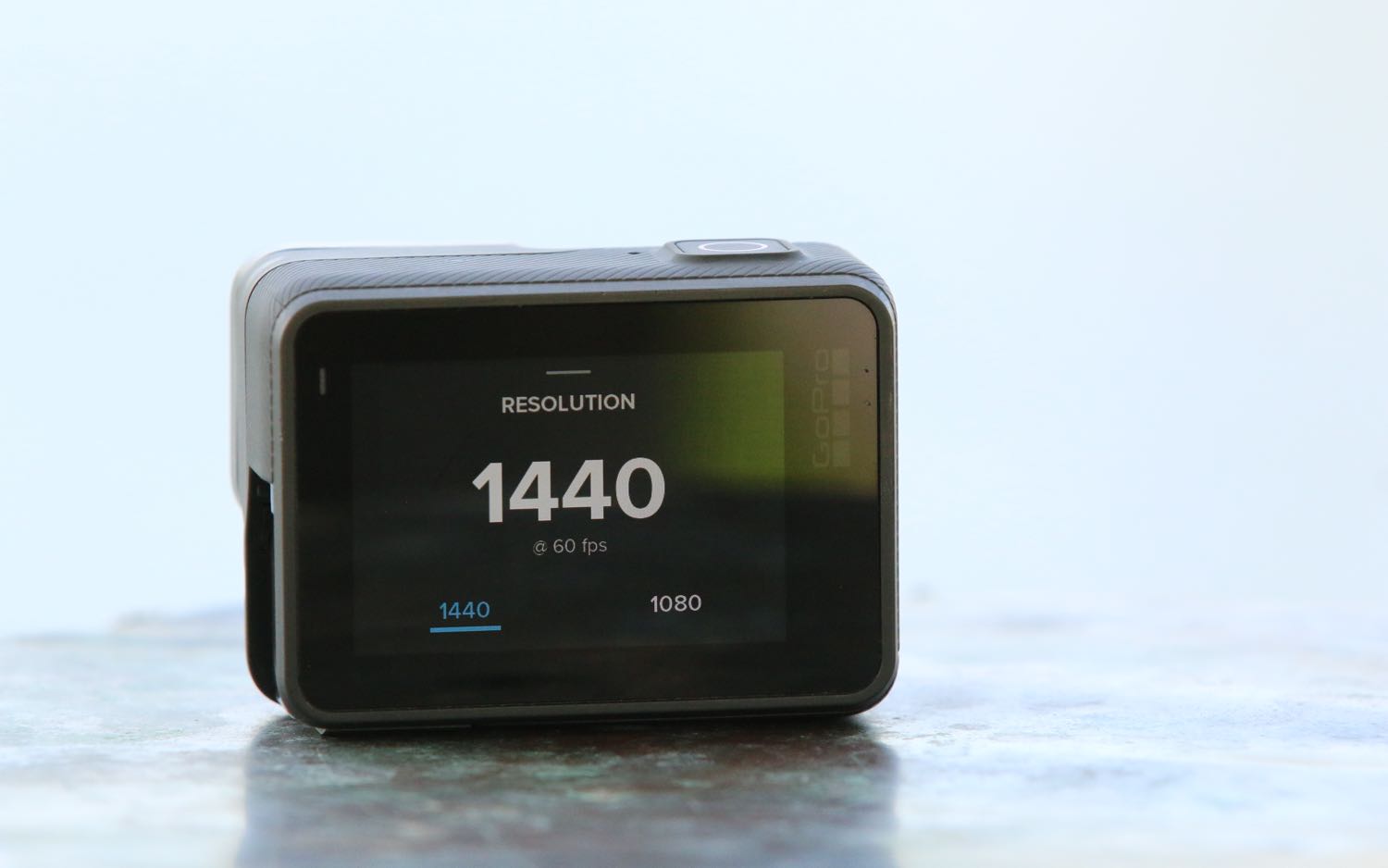
Like its big brothers, the Hero 5 and the Hero 6, I was able to turn on Wi-Fi in the camera and connect to it using the Google Pixel 2 and the iPhone 6s Plus without any issues. Through the app, I could change settings, view previously recorded clips and start recording while watching the output of the camera on my phone's screen. When I turned the phone on its side, the video changed to landscape, which was nice.
MORE: Best GoPro Accessories
Unlike with the Yi models, I did not have to disable data on my Android phone to get the app to work properly with the camera.
Video Quality
For the majority of my testing, I kept the GoPro Hero set at 1080p/60 fps, though the Hero can also shoot at 1440p at up to 60 fps. That's a significant difference between this model and the more expensive models in the line, which top out at 4K/30 fps (Hero5 Black) or 4K/60 fps (Hero6 Black). I actually commend GoPro for not including 4K with a subpar frame rate or not enough processing power to make the footage look good.
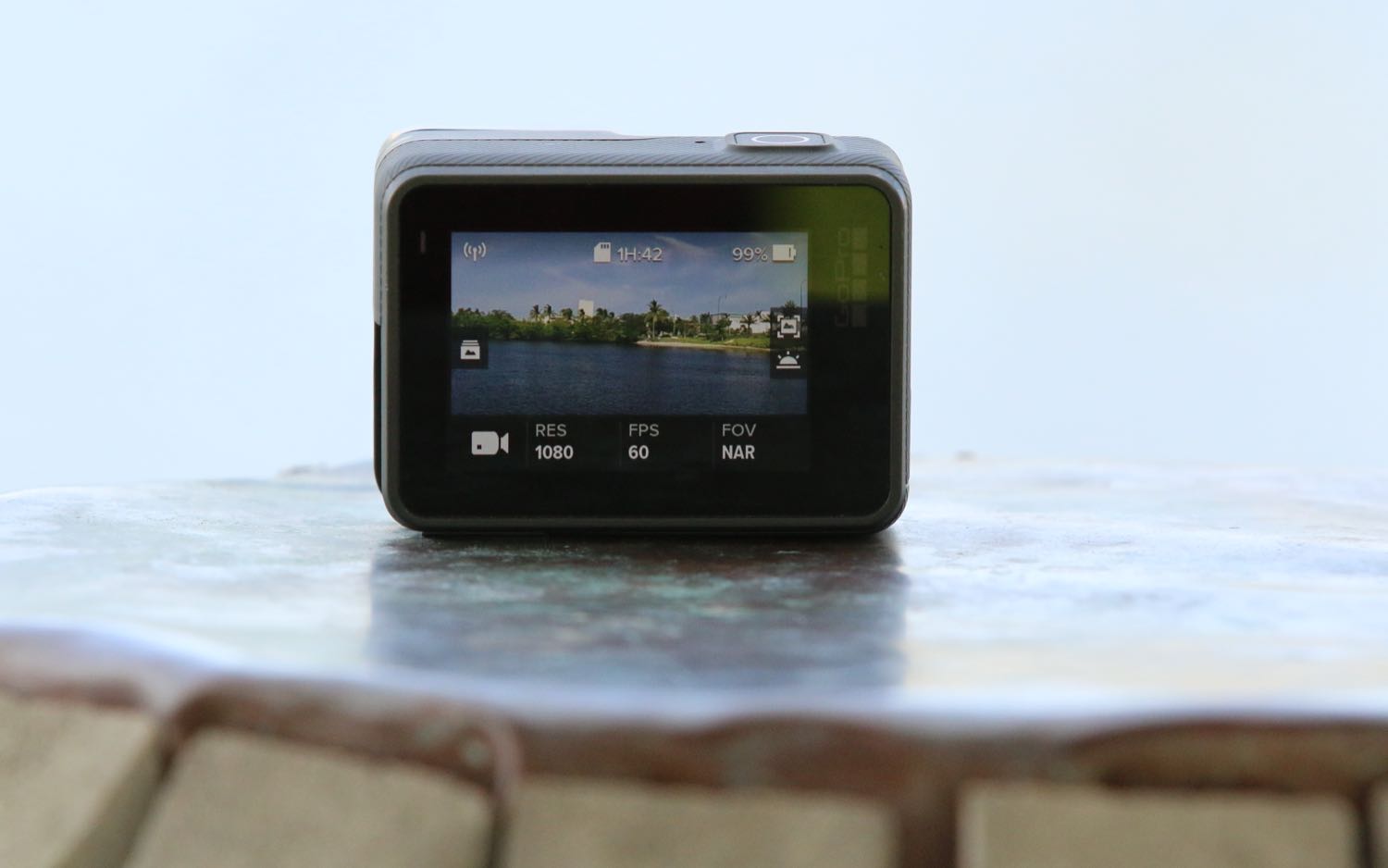
Unfortunately, 1440p and 1080p at either 30 or 60 fps are the only two resolution/frame-rate combinations available. Surprisingly, 720p is not offered, and there’s no slow-motion option, unlike more expensive models in GoPro’s lineup.
Video shot during a road trip through Vermont was impressive. Trees were lush and a deep shade of green, while the sky appeared a saturated blue with white, wispy clouds. The lines and the signs on the road were the appropriate colors of white and yellow. Additionally, the GoPro Hero did an adequate job of recording details in the shadows of the trees.
While we were moving roughly 50 mph, image stabilization helped keep the video smooth in all but the bumpiest sections of the road. When I paused the video, I could see individual leaves in the sunlit sections and leaves in the shadows.
I also mounted the Hero to my bike to get a side-by-side comparison of the Yi Lite, which also has electronic image stabilization.
Both cameras performed similarly at 1080p/60 fps. The footage from both cameras was usable, and neither made feel overly nauseated while watching it.
Audio Quality
The GoPro does not need a plastic housing to be waterproof. Instead, it relies on a frame that allows it to mount to accessories. The benefit of this design is that the audio quality will be much better than that of a camera that does need a waterproof housing.
In the footage while driving, you can certainly hear the wind noise, but the camera's internal software seems to lower it to an audible level so as not to drown out everything else. In the video taken while I was on my bike, you can easily hear the cars passing on my left.
In the footage while driving, you can certainly hear the wind noise, but the camera's internal software seems to lower it to an audible level so as not to drown out everything else.
Compared with the sound in video taken with the Yi Lite, the GoPro Hero's audio quality was slightly better at foreground voices and noises. However, the wind-noise reduction in the GoPro Hero video was far superior, outputting a usable clip.
Bottom Line
The $199 GoPro Hero is a solid performer, offering quality video up to 1440p, adequate image stabilization, a waterproof housing, an intuitive interface and a great app.
If you're looking for a budget action cam, check out the Yi Lite ($99), which also has image stabilization and shoots video comparable to that of the GoPro. There are a few trade-offs, however: Iit needs a housing ($40, sold separately) to make it waterproof, its Android app is a bit wonky and it lacks a touch screen.
If recording 4K or slow-motion video is important to you, move up to the Yi 4K+ or last year's GoPro Hero5 Black, both available for $299. But if you want a great midrange action cam, the GoPro Hero is a great bet.
Credit: Tom's Guide
Adam Weissman is a freelance writer and an outdoor aficionado who has reviewed a number of action cameras and accessories for Tom's Guide. In addition to several GoPro cameras, he has also tested budget action cameras and 360 cameras from a variety of manufacturers, and has tested them in a variety of conditions.
